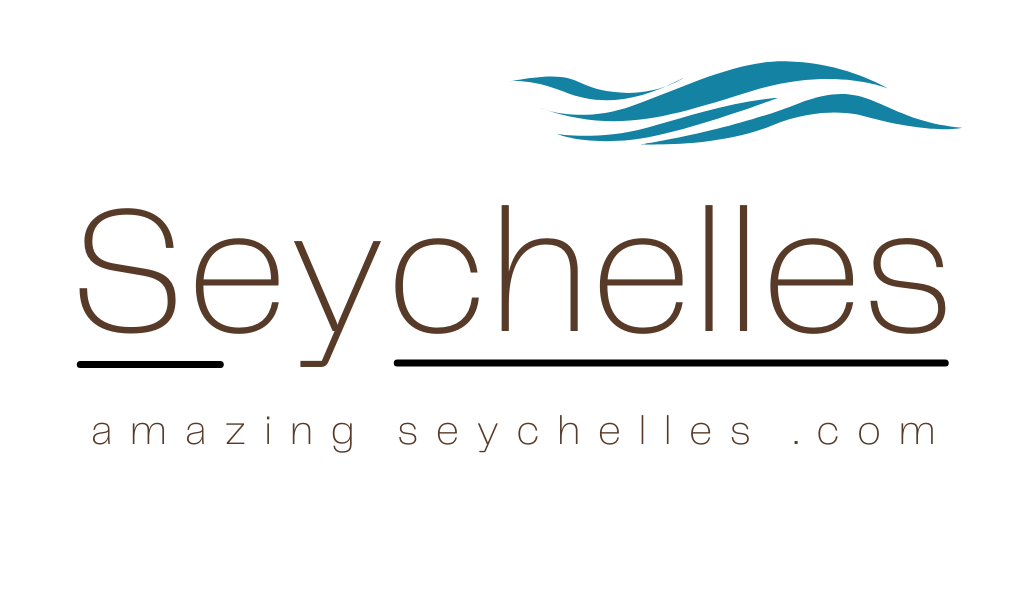While travelling to Seychelles, you will have chance to enjoy some of the world's most delicious cuisines that is actually a fusion of flavours from African, French, Chinese, Indian and English cooking. For a long time, spices have been combined to create an unique...
Seychelles Blog.
We intent to bring you updates on Seychelles travel offers provided by various travel partners around the world.
If you have a story on Seychelles, please share it with us.
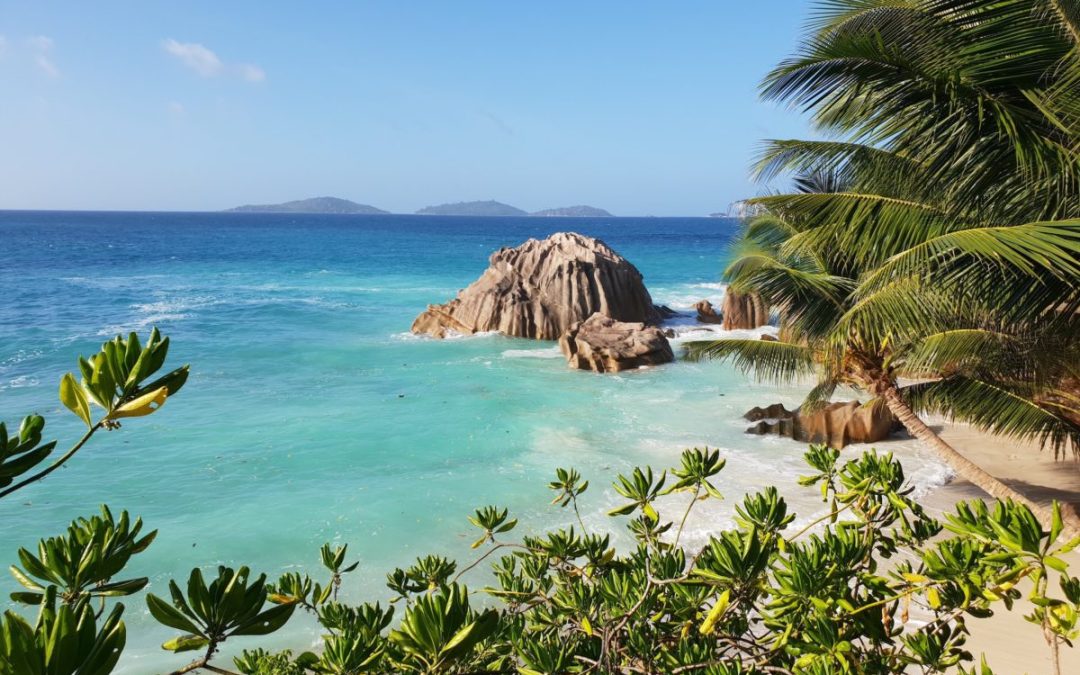
La Digue Island
La Digue Island
La Digue is a small island with an area of 10.08 sq.km, which makes it relatively easy to travel around by bike or on foot. It is the third most populated island of the Seychelles, and fourth largest by land area. It has a population of 3,000 people. There is no airport on La Digue, so to get there, one must fly to Victoria and continue by ferry, usually via Praslin. The island has plenty of activities for tourists, including a dive centre and diverse wildlife .
The bicycle is the primary mode of transport. It is possible to rent bicycles near the ferry pier. Most cars and buses belong to hotel companies. There are only 60 cars in the island. Digueois have managed to limit traffic in order to protect the pristine beauty of their 10 sq km territory. Another method of transport on La Digue is the ox-cart, which has a slow pace suited to the island. Tourists also generally follow the local tradition and rent bikes to explore the island.
However, the rise in tourism related construction has made it necessary to import vehicles that has set alarm bells ringing, especially with locals.
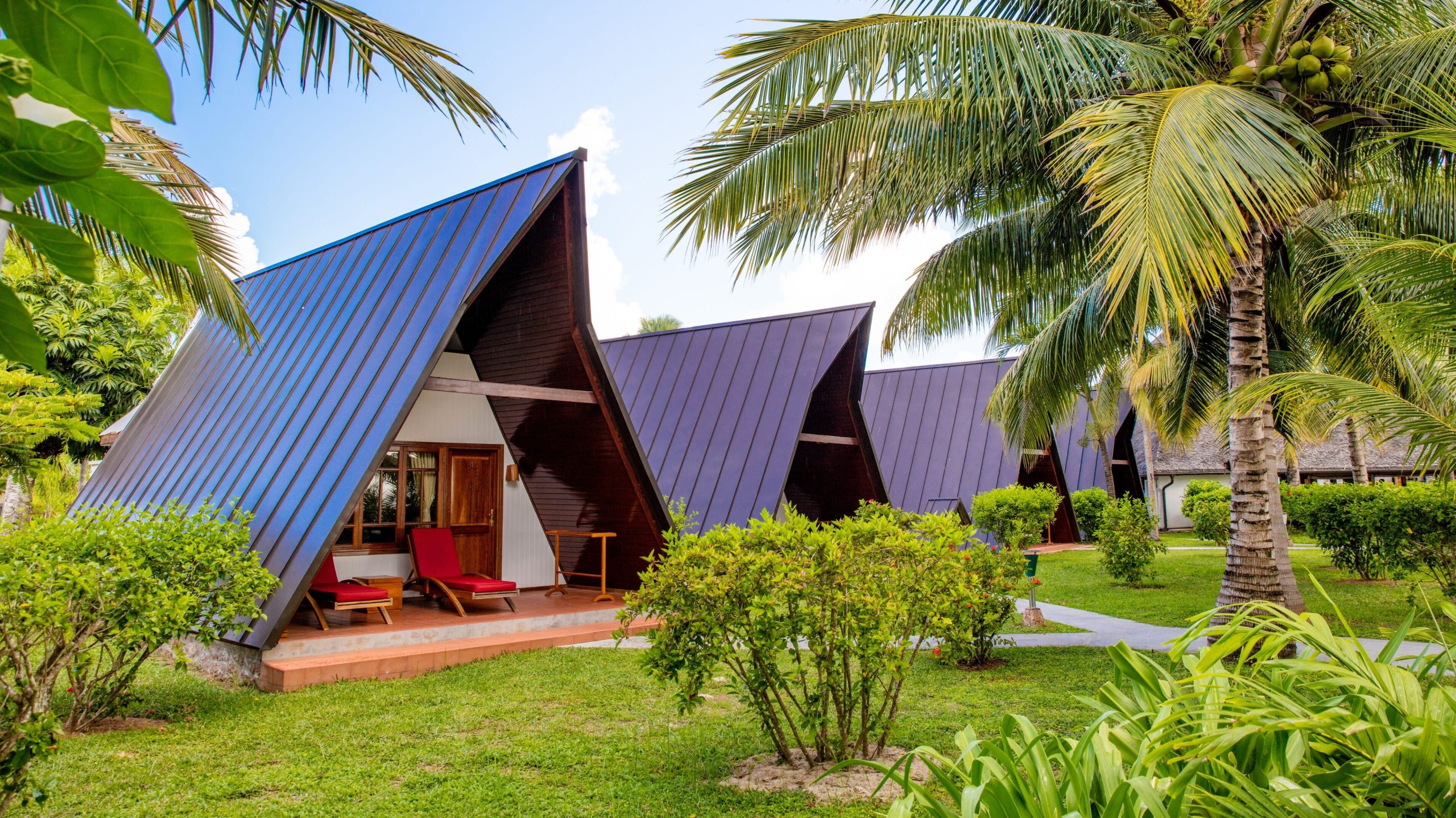
La Digue Island Amenities
La Digue has a post office which is closed on Sundays. There is a small police station that was mainly set up for tourists. There is a small hospital, although some inhabitants prefer to visit the hospitals in Praslin and Victoria. Women usually go to the hospital in Victoria to give birth.
La Digue Island Facilities
The , Veuve Reserve, a national park and conservation area, set up to protect the endemic Vev, is a crowning jewel of natural beauty for the Digueois. This island is the natural habitat of flycatcher, which is an endangered species. Since 2008, conservationists have transported a few dozen flycatchers to neighbouring islands through a breeding programme that would provide this rare bird species additional suitable habitats. Conservationists believe that construction of buildings is detrimental to the flycatcher. La Digue has now stopped approvals for new building new tourism establishments until 2023, in an effort to preserve the local natural resources.
La Digue Island Accommodation
La Passe offers many accommodation options including smaller hotels, guesthouses, and cottages. Réunion is the only major town on the island. It offers an eponymous beach, banks, shops, restaurants, takeaways, and bike rentals.
La Digue’s tallest peak, Belle Vue (Eagle’s Nest Mountain), is more than 300 m above sea level.
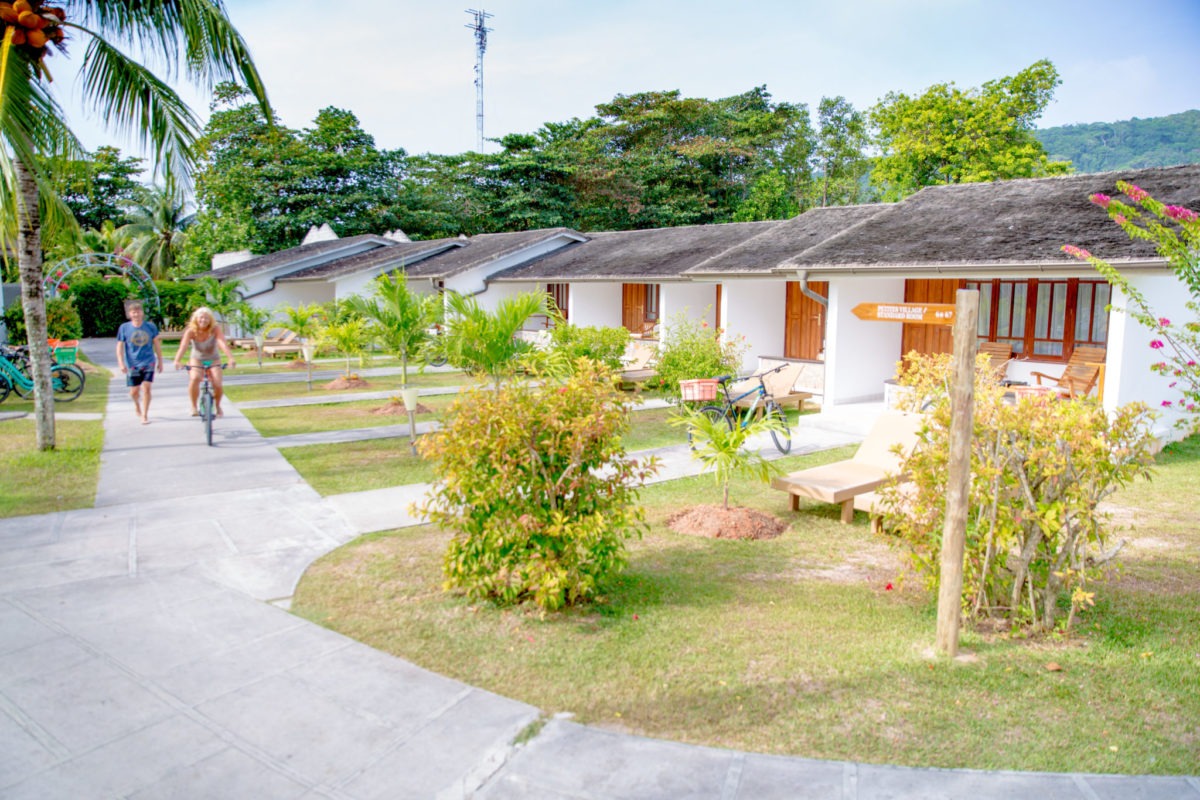
Bird watchers from all over come to witness the rare sighting of the Seychelles Black Paradise Flycatcher bird, an endangered species endemic to the Seychelles.
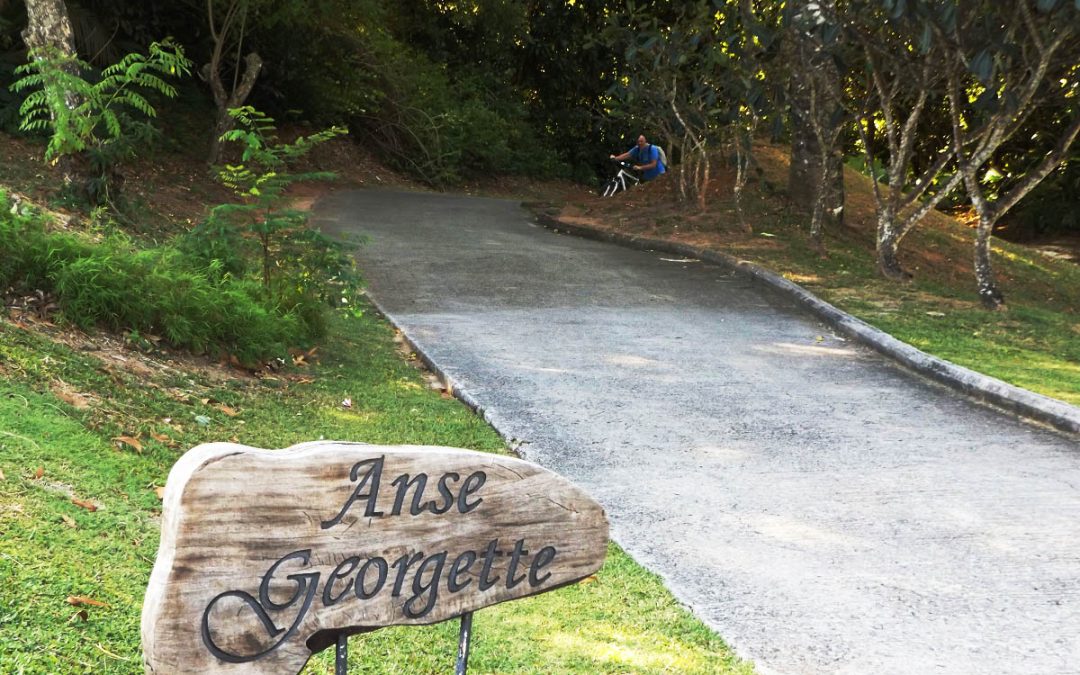
Anse Georgette
Anse Georgette Beach
Anse Georgette is one of the two most beautiful beaches on Praslin. with turquoise ocean water, pristine white sand, and incredible palm trees. Despite Seychelles’ growing popularity as a tourist destination, Anse Georgette has maintained its sense of seclusion, making it an ideal place for those seeking privacy. Both the resort and the beach can be found on Praslin’s northwest coast, about 3 miles north of the Praslin Airport.
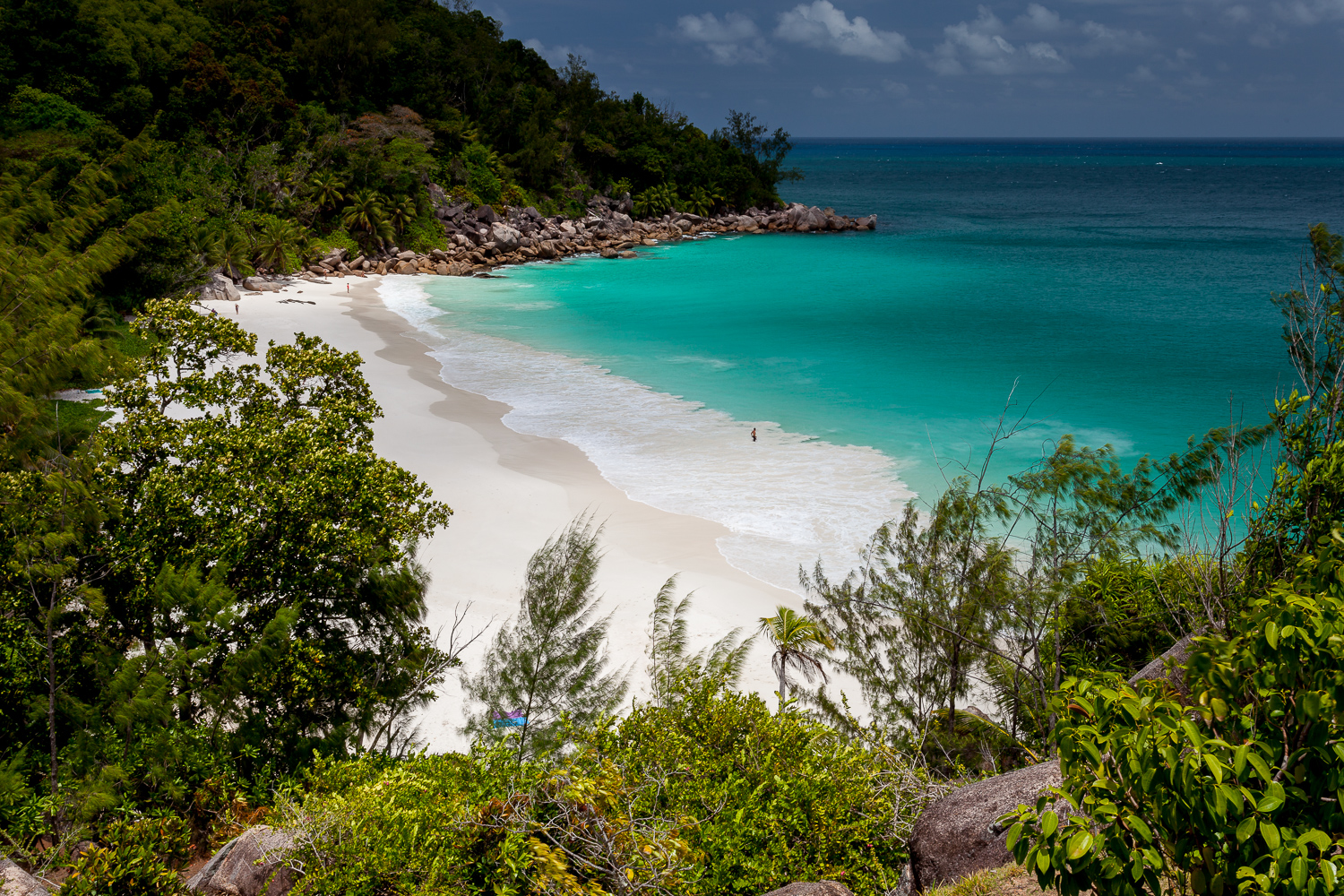
Anse Georgette, Constance Lemuria Resort hotel
Anse Georgette is owned by Constance Lemuria Resort hotel near the beach, but Anse Georgette is open to all. Entry into this place is free of cost even if you’re not a guest at the resort, however, prior booking is recommended. The hotel offers golf-cart transfers to Anse Georgette on a frequent basis. Non-guests should inform the hotel of the visit, as only 30 non-guests are allowed on the beach at any given time, and then make the 30-minute walk down to the hotel yourself. Guests of the resort can rent snorkelling equipment from the hotel itself in order to fully enjoy the beautiful underwater world of the island. There is also a golf course in the hotel premises.
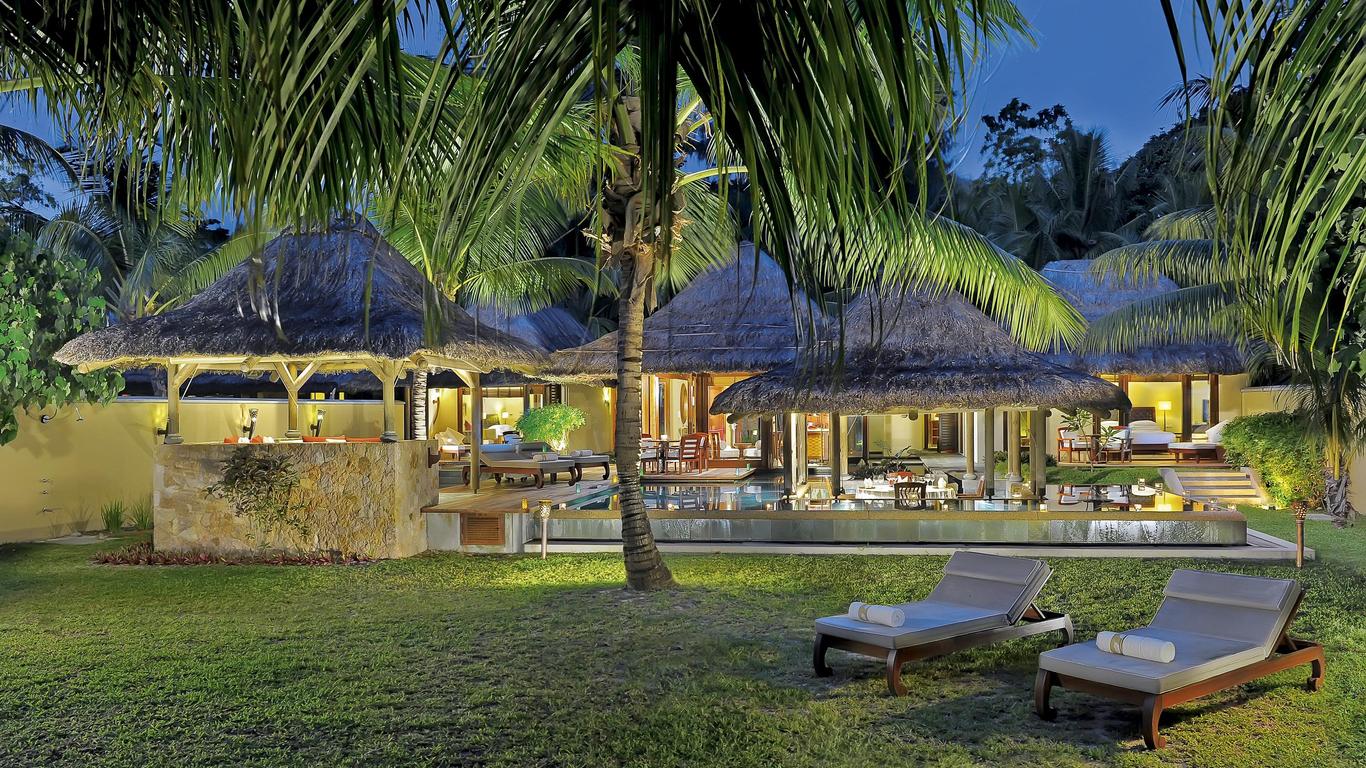
Anse Georgette, Residence Praslinoise
In the island there is also a far more affordable Residence Praslinoise, who will arrange entry for you into Constance Lemuria. This property is 2 minutes walk from the beach and is close to restaurants and shops. The self-catering accommodations here will provide you with air conditioning and a kitchenette. Barbecue facilities are also available. A damage deposit of EUR 100 is required on arrival. This will be collected by credit card. On check-out your deposit will be refunded in full via credit card, subject to an inspection of the property.
Alternatively, it is also possible to reach Anse Georgette by boat, with some sailing tours stopping in this beautiful bay to enjoy the scenery.
The water does get deep rather quickly, however, as there is no protection from an offshore coral reef, so children and unconfident swimmers should be supervised at all times in the water.
When to visit Anse Georgette
Northeastern monsoons dominate from December to April in the Seychelles. It is quite hot and humid, with heavy rains with air temperature reaching a maximum of 33 °C. Water in the ocean warms up to + 30 °C. From June to October, the southeast monsoons prevail with humidity lowering significantly, along with the temperature lowering to + 27-29 °C.
The best time for swimming, diving, snorkeling is October and November, as well as the period from February to May. For surfing and sailing, October to March would be the best time.
For more information, visit the Seychelles Tourism Board’s Anse Georgette page or the Constance Lemuria Resort’s website.
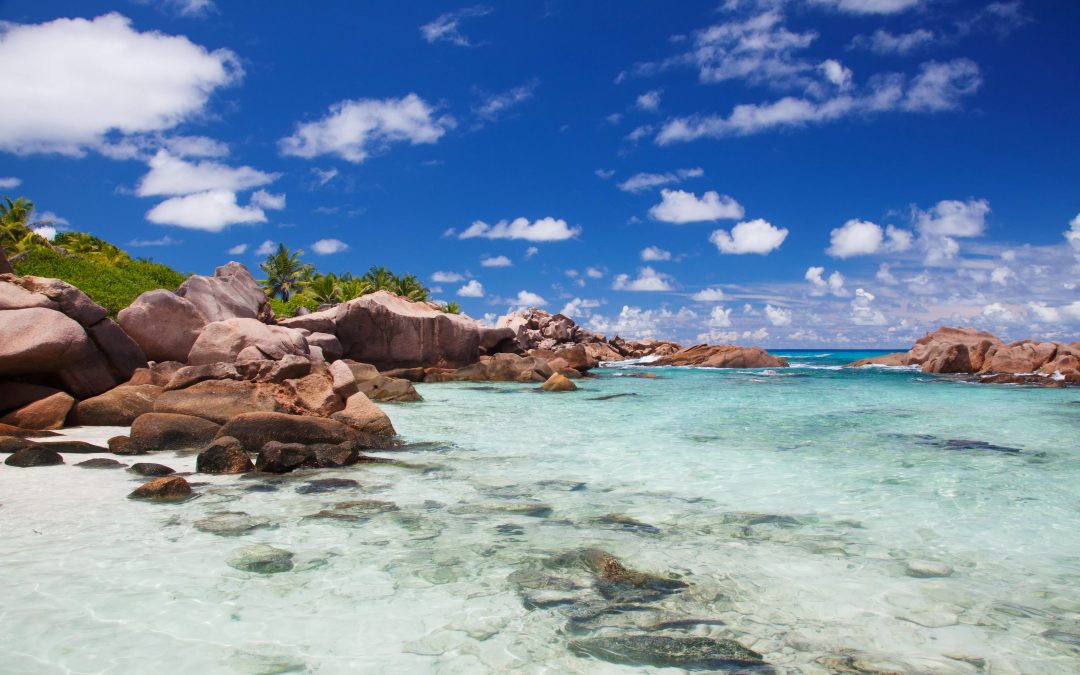
Anse Cocos Beach Seychelles
Anse Cocos in the east of La Digue, just along the coast from Petite Anse. The beach offers golden sand, shallow natural pool water, and shade from casuarina trees and craning palms. Swimming should be reserved for confident swimmers only but swimming is safe so long as you stick to the protected natural pools of water. Expert swimmers can swim anywhere in the sea. The sea is generally calm here, but during the trade winds, the waves can be large.
The beach is not normally crowded; there will be only about 10 visitors on a normal day. So you can easily find a spot for yourself away from others.
Anse Cocos Beach Facilities
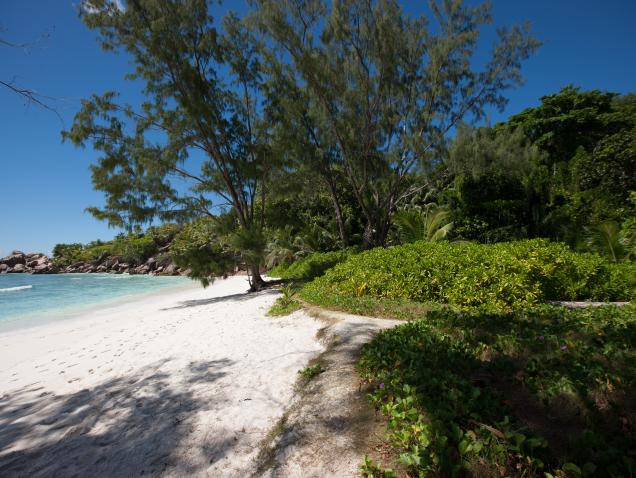
As there are no shops on the beach you should take food, drinks and beach accessories along with you. The closest facilities are found in Grand Anse, which is about 30 minutes from the beach. The facilities in Grand Anse include hospitals which are open 24 hours, regional police station, post office etc.
The accommodation available in Grand Anse are:
La Digue Holiday Villa which is 3 minutes walk from the beach and within a 2-minute walk of Anse La Reunion Beach and 1 km of Anse Source d’Argent,
JMS Ventures Seychelles is about 15 minutes away from the beach of Anse La Reunion on La Digue. There are 4 double bed rooms which can accommodate 8 guests.
Calou Guest House is a 3-star guest house, located just off Inter Island Ferry, and 1.7 miles from Anse Cocos beach and is a short walk from Anse Reunion. The guest house offers on-site breakfast in the restaurant. Guests can enjoy dining at the a la carte restaurant.
Anse Cocos Beach Location
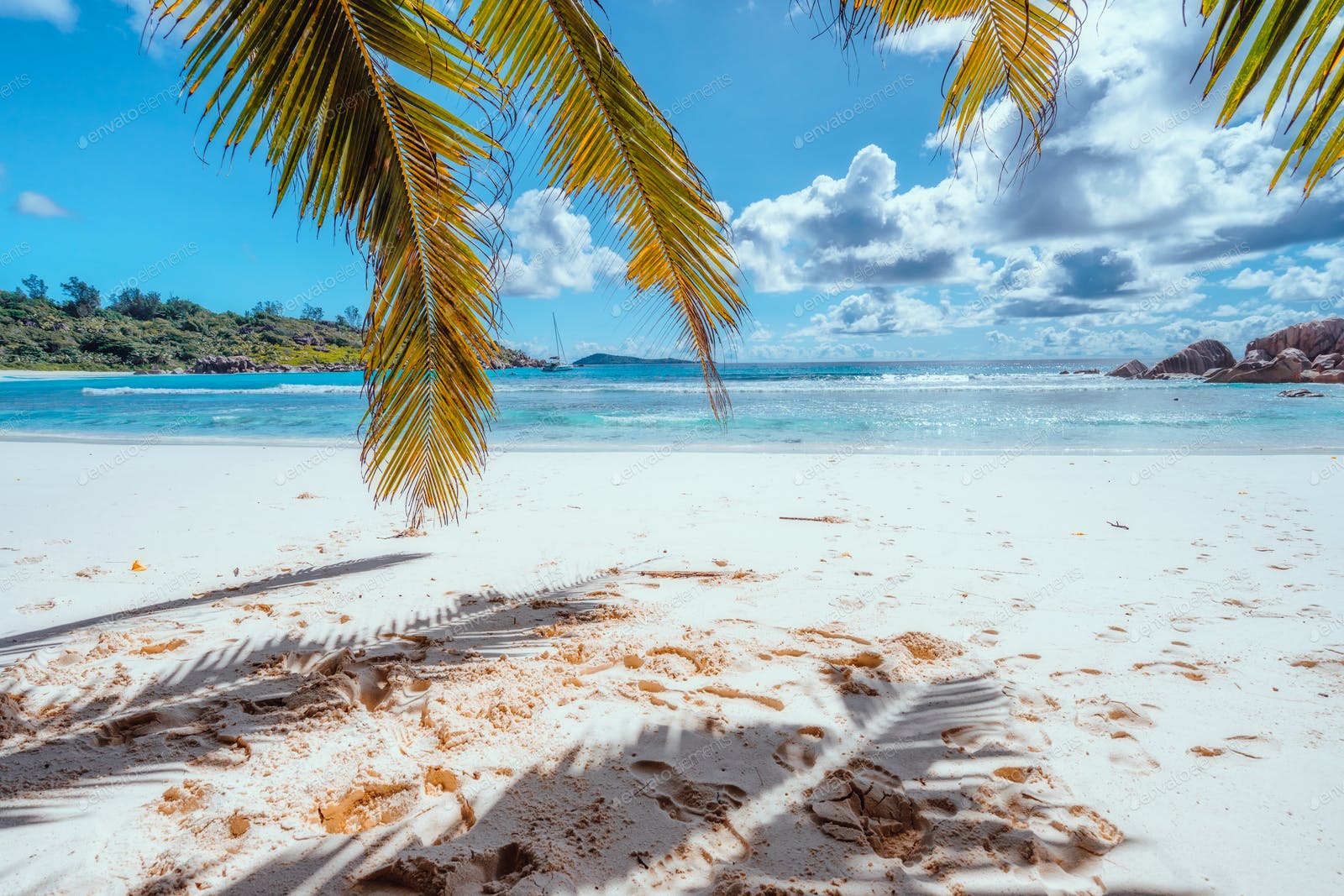
Calou Guest House is a 3-star guest house, located just off Inter Island Ferry, and 1.7 miles from Anse Cocos beach and is a short walk from Anse Reunion. The guest house offers on-site breakfast in the restaurant. Guests can enjoy dining at the a la carte restaurant.
Anse Cocos Beach Location
There is a 900m-long path from Grand Anse that leads straight to Anse Cocos through Petite Anse. In total, it’s a 1.3km walk from the restaurant on Grande Anse. The trail is not marked, so it will be difficult to find the way without a guide.
Despite its lack of facilities, Anse Cocos Beach is considered to be a worthy attraction. it is well-worth a visit.
The best time for swimming, diving, snorkeling is October and November, as well as the period from February to May. For surfing and sailing, it is advisable to set out from October to March. Swimming should be reserved for confident swimmers only, but if you stick to the protected natural pools of water, you should have no problems.
Anse Cocos Village
Anse Cocos was actually one of the very first settlements on La Digue. The island used to have a large copra production facility. It was then a small village. Just off the beach, you can still see the abandoned buildings, as well as the remains of the kiln they used to dry the coconuts.
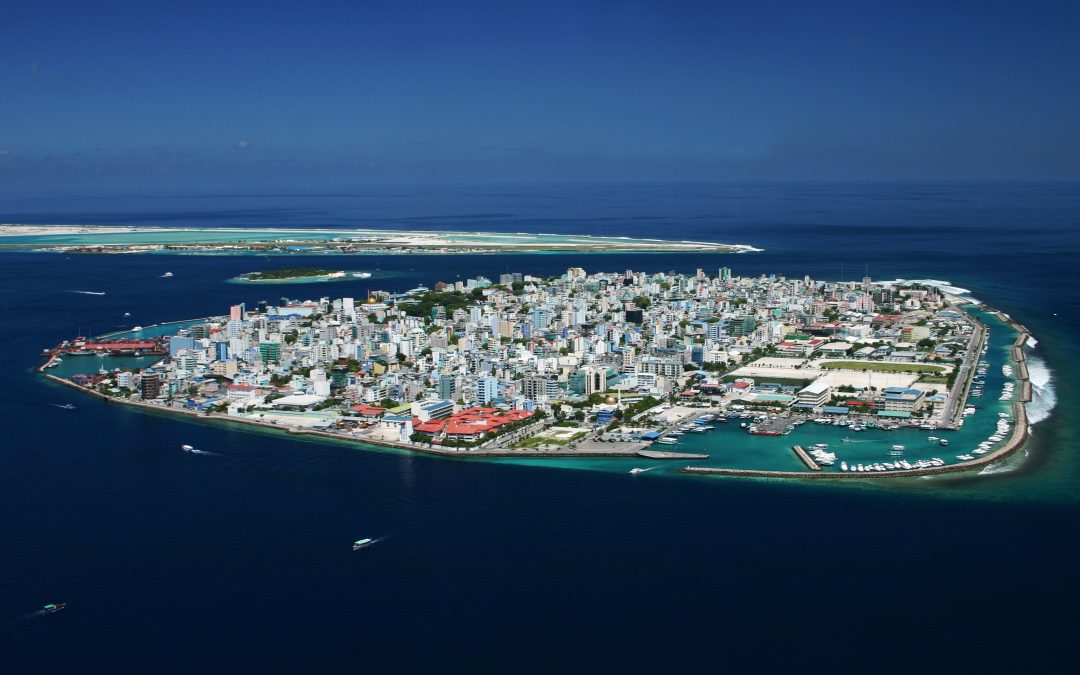
Mahé Island
Mahé Island
Mahé is the largest island of Seychelles. Mahé has an area of 154 sq.km, and is 28 km long, 8 km wide. It is also home to the smallest capital city in the world, Victoria, which accommodates 77,000 people which is 86% of the country’s total population. All visitors to the Seychelles will begin their journey from here.
Morne Seychellois is the tallest peak in this island.
Seychelles International Airport opened here in 1971. In the southern and western parts of the island there are Baie Ternay Marine National Park, Port Launay Marine National Park, and University of Seychelles. The Sainte Anne Marine National Park lies offshore, as do Conception Island, Thérèse Island, Anonyme Island and several smaller islands.
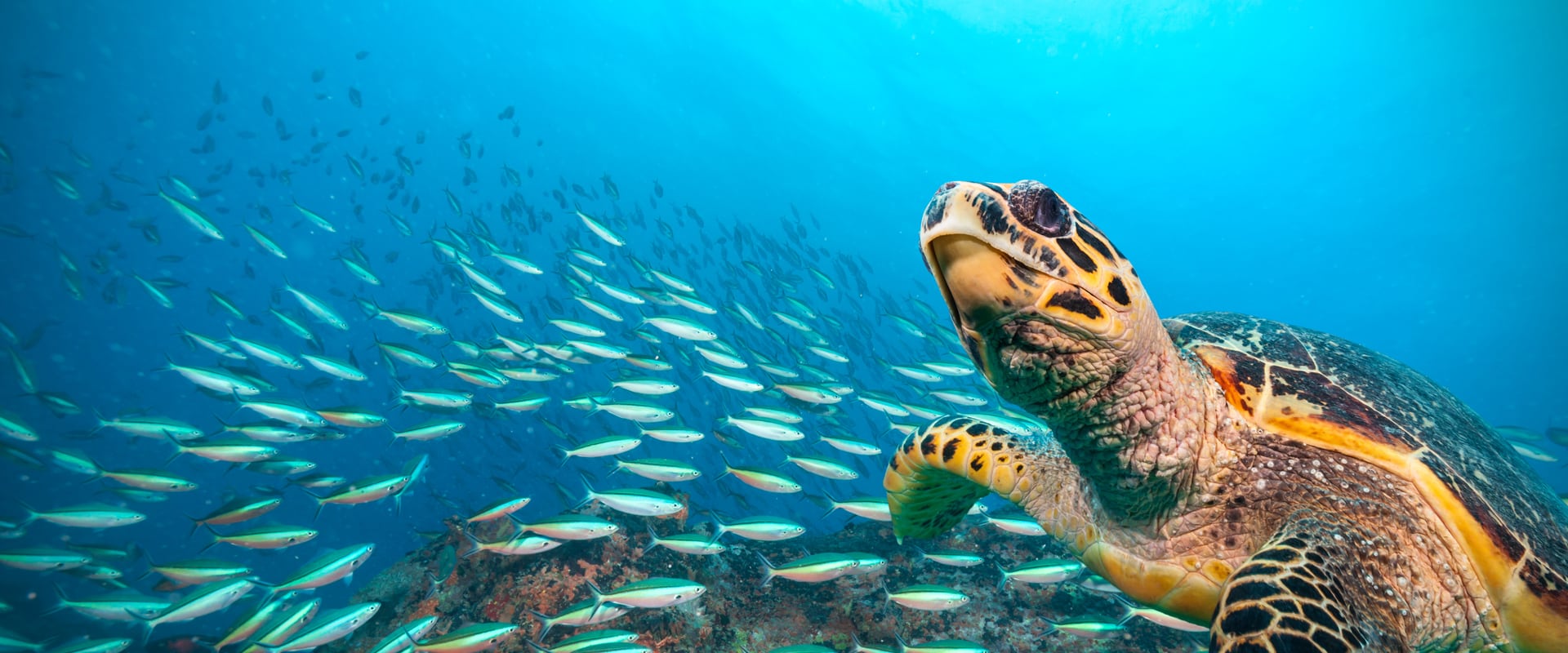
The Port of Victoria is home to a tuna fishing and canning industry. From 1963 to 1996 the United States Air Force maintained a satellite control network here at the Indian Ocean Station, where it had a significant impact on the local economy. Mahé is also home to the Seychelles’ governmental and administrative centre.
The centre of the island has imposing peaks and clouded forests with diverse flora and fauna, giving life to the island’s numerous hiking trails. Countless freshwater springs characterise the rich nature of the island, while tropical palms and other plants also grow throughout this region, including mango, papaya, banana, tea, and more.
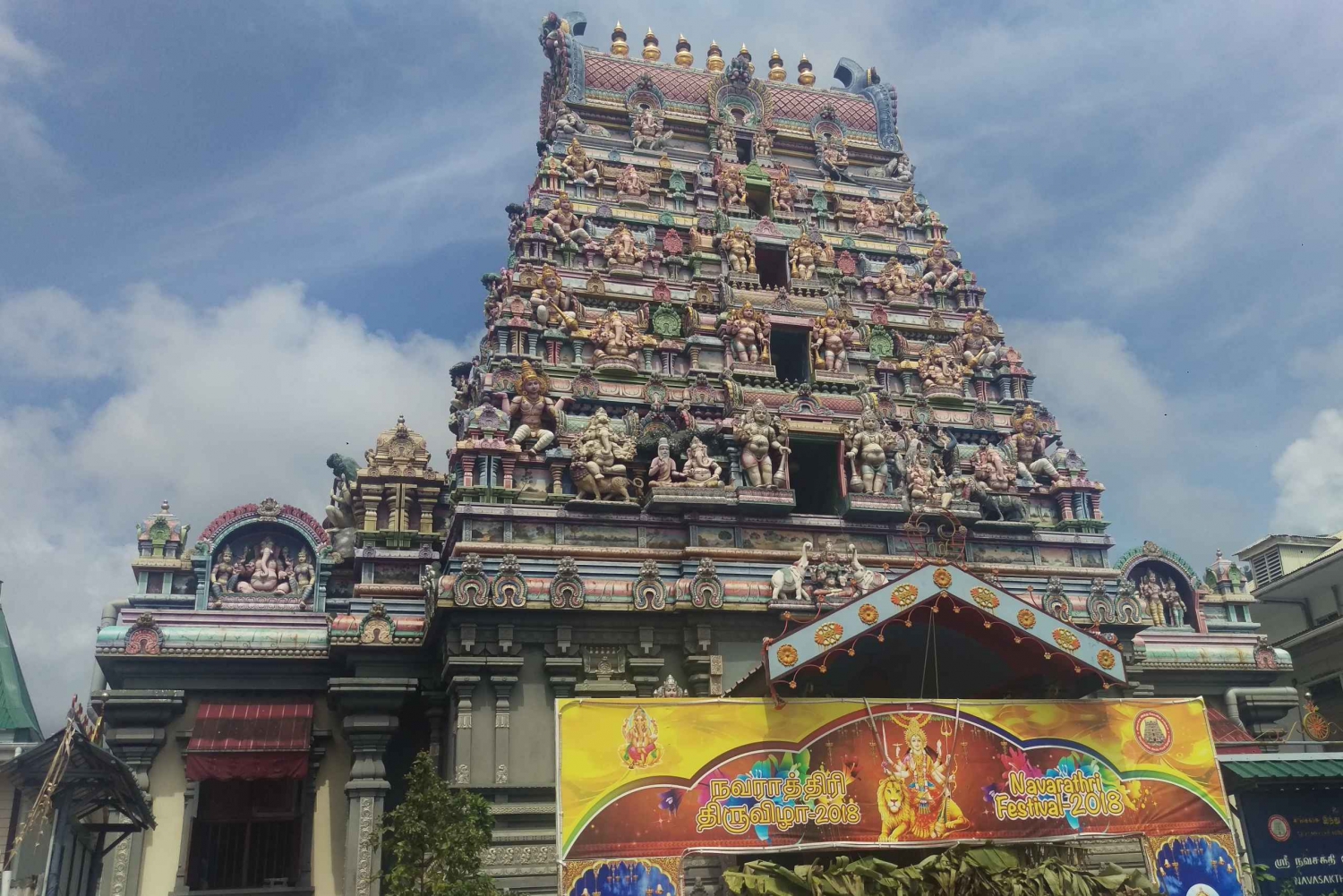
Beau Vallon is the best beach in the island, which is almost as bustling as the capital itself. Numerous accommodation options, restaurants, shops, and diving centres can be found in this sprawling bay. Sainte Anne Marine National Park is about 5 km from here. This area offers excellent snorkelling conditions, with a great variety of flora and fauna to be seen, especially in the Sainte Anne Channel, which runs between Sainte Anne Island and Moyenne Island, and, for this reason, this is the destination of many tours.
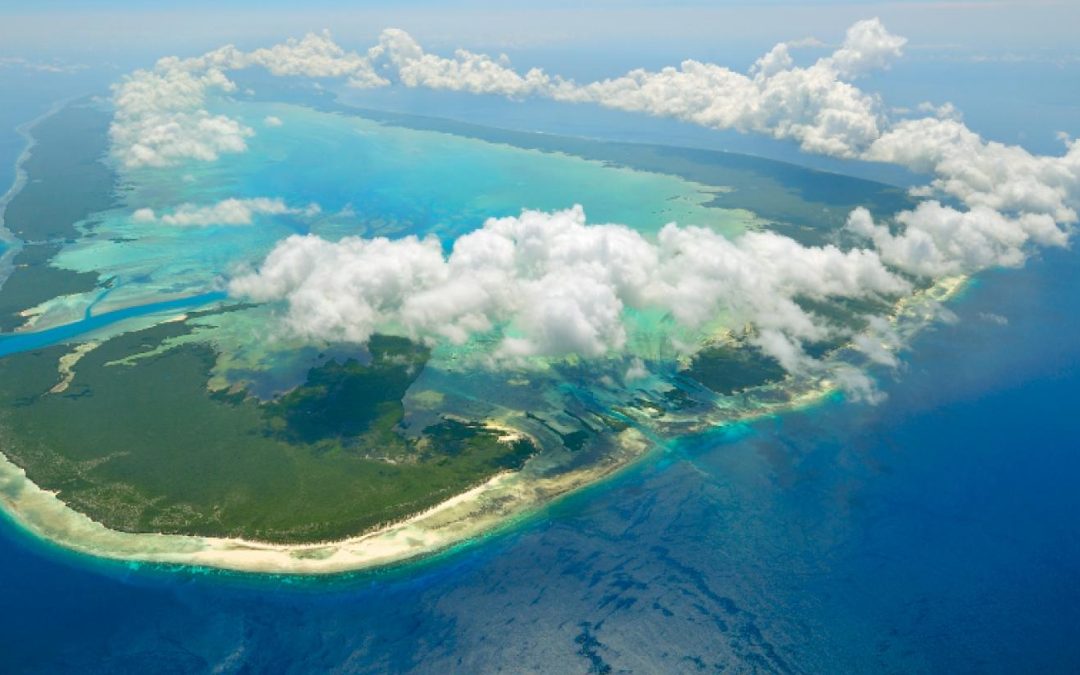
Aldabra Atoll
Aldabra Atoll
The Aldabra is a giant tortoise and is endemic to the islands of the Aldabra Atoll in the Seychelles.
Aldabra atoll comprises four large coral islands which enclose a shallow lagoon; the group of islands is itself surrounded by a coral reef. Due to difficulties of access and the atoll’s isolation, Aldabra has been protected from human influence and thus retains some 152,000 giant tortoises, the world’s largest population of this reptile. Since 1982, the atoll has been a part of the UNESCO World Heritage List.
The only residents of the atoll are a few researchers, carrying out work on behalf of the Seychelles Islands Foundation. Tourists may only visit the island as part of a cruise day trip and with permission.
This atoll has the largest colony of wild giant tortoises in the world. In total, there are around 150,000 tortoises here. Hawksbill turtles and green sea turtles, both of which live in the ocean, come to the beach to lay their eggs, where they likely encounter the tiny 60 cm coconut crabs.
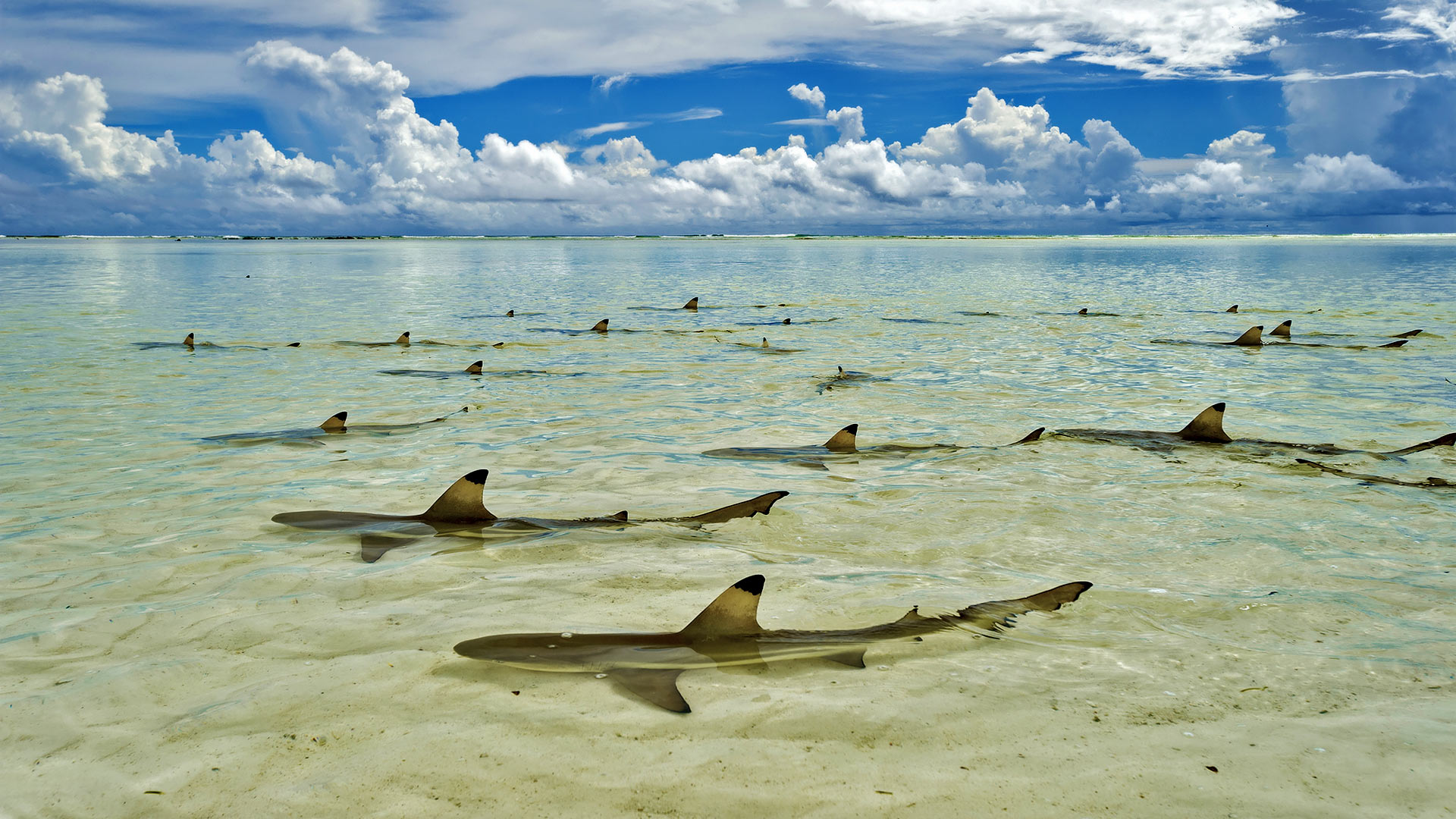
Abundant bird species, including flamingos, frigate birds, herons, Aldabra white-throated crakes (unable to fly), tropical red-tail birds, sunbirds, ibises, sea-swallows, Aldabra drongos, and many other feathered creatures live and nest here, with 97 endemic species in total. Eight different species of mangroves are found on the island, providing plenty of natural habitat for the birds.
The flying fox is the only native mammal to the archipelago.The Aldabra snail, once thought to have died out, was re-discovered in 2014 during a survey. Besides shrubs and bushes, most of which are no more than three or four metres tall, there are 40 different flowering plants here.
Drift-diving through the channels in the atoll’s lagoon allows one to get up-close and personal with doctor fish, snappers, and mantas, as well as black-tip sharks, dolphins, and manatees.
Sponsored ad.
